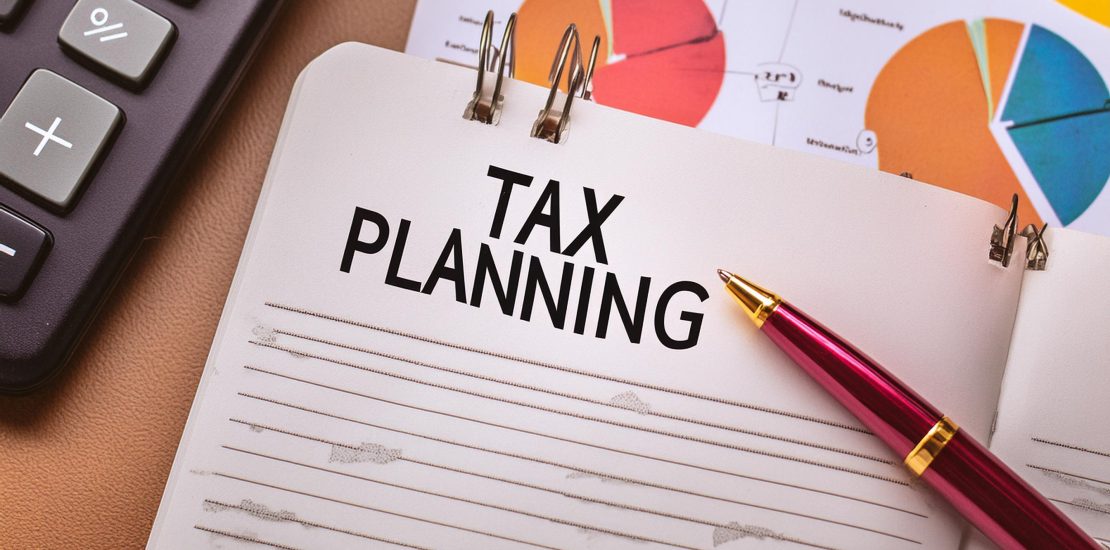Smart Strategies for Year-Round Tax Planning
- May 7, 2024
- Category: Finance

Key Takeaways
- Grasp the fundamentals of tax planning to align with your financial goals.
- Learn to navigate life changes and their implications on taxes.
- Identify ways to use tax credits, deductions, and tax-advantaged accounts efficiently.
- Discover retirement planning, investment, and healthcare strategies to minimize tax liability.
- Preparation eases tax season stress and supports intelligent decision-making year-round.
Table of Contents:
- Understanding the Basics of Tax Planning
- Assessing Your Financial Landscape
- Investment Decisions and Tax Efficiency
- Using Tax Credits and Deductions Effectively
- Planning for Healthcare Costs
- Effective Use of Tax-Advantaged Education Savings
- Utilizing Tax Software and Professional Services
Understanding the Basics of Tax Planning
Tax planning is at the core of personal finance – it’s how individuals can ensure their activities throughout the year position them to meet or reduce their tax obligations. Given that various tax brackets, deductions, coupons, and credits are available, tax planning must be handled efficiently for optimal savings by April 15th. Effective tax planning requires understanding how various sources of income, like wages, business profits, and investment returns, are taxed under current regulations. The type of income can affect its tax rate, while some types may even be exempt depending on the circumstances.
Assessing Your Financial Landscape
Financial planning is both personal and dynamic – to accurately evaluate one’s finances, taking an inventory of income, expenses, liabilities, and aspirations is indispensable in creating a comprehensive tax strategy and selecting tax breaks or products most suited for them. A holistic approach also involves reviewing portfolio balance to monitor its tax efficiency to optimize after-tax returns; furthermore, having multi-year plans accounts for future income or expense changes while ensuring strategies align with long-term objectives.
At the core of every sound financial plan lies good recordkeeping. Accurate and organized financial records give you a clearer picture of where you stand financially; during tax season, this clarity translates into more accessible opportunities for savings and smoother processes when it comes time to claim deductions and credits due to you.
Investment Decisions and Tax Efficiency
A seasoned investor is one who not only seeks out robust returns but also maintains a keen eye on the tax implications of their investments. Tax considerations come hand in hand with investment decisions, as the tax treatment of dividends, interest income, and capital gains can vary greatly. Some investments offer tax-deferred growth, while others incur taxes on short- or long-term capital gains. Implementing strategies such as tax-loss harvesting—selling off investments at a loss to offset capital gains—can help manage your tax bill. Furthermore, thoughtful placement of investments within tax-efficient accounts like Roth IRAs or municipal bonds can optimize after-tax returns, enhancing overall investment success.
Using Tax Credits and Deductions Effectively
Employing the full range of available tax credits and deductions can substantially lower your overall tax liability. Credits such as the American Opportunity Tax Credit or the Child and Dependent Care Credit directly reduce the amount of tax you owe, dollar for dollar. With deductions, while not as direct as credits, reducing your taxable income through things like student loan interest deductions or charitable contributions can significantly lower your tax bill. The key is maintaining accurate records and receipts to substantiate these claims, ensuring you can fully leverage these tax benefits on your return.
Planning for Healthcare Costs
The financial burden of healthcare is a concern for many but can be mitigated through strategic tax planning. Health Savings Accounts (HSAs) and Flexible Spending Accounts (FSAs) can help counteract these costs with their tax-advantaged status. Contributions to these accounts are often pre-tax, lowering your taxable income, and qualifying medical expenses paid from these funds are tax-free. Understanding the nuances of these accounts, such as contribution limits and qualifying expenses, is vital for maximizing their benefits.
Effective Use of Tax-Advantaged Education Savings
Parents desiring to support their children’s educational ambitions can find solace—and savings—in education-specific tax-advantaged accounts. Five hundred twenty-nine plans and ESAs provide a means to save for education costs with the perk of tax-deferred growth and tax-free withdrawals for qualified expenses. Strategic timing in using these funds can reap the maximum tax advantages and align with your child’s academic timeline, ensuring you get the most from these savings vehicles when tuition bills come due.
Utilizing Tax Software and Professional Services
It can be challenging to navigate the complexities of tax preparation, and there are occasions when consulting experts or using sophisticated tax software is not only beneficial but also required. People with complex financial situations, such as business owners, landlords, or active investors, can guarantee accuracy, compliance, and the optimization of tax benefits. These people can benefit from the assistance of a seasoned tax professional or appropriate software. Keeping up with current tax laws is essential to successful tax preparation. The IRS Newsroom is one resource that offers up-to-date and reliable information on tax regulations and guidance.
Share this article:
Leave a Reply
You must be logged in to post a comment.
